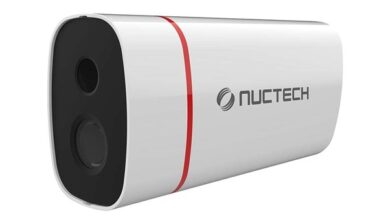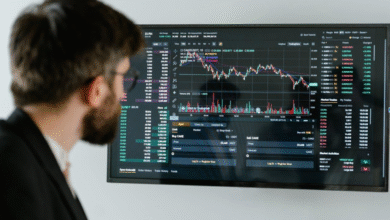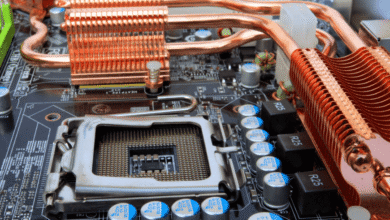
Isn’t it surprising that your smartwatch not only tracks your steps but also reminds you to hydrate? Or how your home lights adjust themselves based on your moods? This absolute experience is made possible by IoT application development services, where artificial intelligence meets IoT (Internet of Things) to create smart and highly responsive connected devices.
This blend is often known as AIoT, and is more than just a technological trend. With the use of advanced machine learning and real-time data processing, AIoT is improving the performance of smart devices. For instance, AI algorithms in smart homes analyze data from IoT sensors to reduce unnecessary energy use, lowering utility bills.
As these benefits are hard to overlook, the impact of AIoT is becoming more widespread across the world. Consequently, the global market is expected to grow from $9.98 billion in 2024 to $13.26 billion in 2025, reflecting a compound annual growth rate (CAGR) of 32.9%.
The rapid growth of AIoT solutions demonstrates how users are effortlessly integrating smart technologies into their everyday lives.
Key Trends Driving AIoT Innovation in 2025
AI in IoT ecosystems has now evolved to become more autonomous and deeply integrated into connected devices. As a result, devices are no longer passive data collectors- they predict outcomes, analyze use behaviour, and initiate actions without intervention. This shift is often noticed in smart homes where AI-powered systems adjust the lighting and temperature based on human behaviour. Here is a quick overview of where AIoT is making a significant impact across industries:
- Smart Homes: Personalized Living Experiences
Smart homes are revolutionizing daily life by combining intelligent automation, energy efficiency, and advanced security to create responsive living environments. For example, AI-powered systems can improve comfort and energy efficiency by learning from user preferences and adjusting settings automatically.
- Manufacturing: Optimizing Production Efficiency
Manufacturing industries are using AIoT to make their operations more efficient, smarter, and proactive. With the integration of AI algorithms, factories can monitor equipment health in real-time, notify about maintenance needs, and automate processes. This convenient approach helps industries improve productivity and extend the lifespan of their machinery.
- Healthcare: Proactive Care Through Remote Monitoring
For patients and healthcare providers, AIoT-driven remote monitoring systems help detect early diseases, improve treatment accuracy, and streamline patient care. By integrating AI with IoT sensors, wearable devices can track vital signs and send real-time alerts to doctors, enabling proactive interventions.
- EV Charging: Maximizing Energy Savings
The rise of electric vehicles (EVs) has brought a growing demand for efficient and cost-effective charging solutions. EV charging app development is incorporating AI to optimize energy distribution, predict peak usage times, and provide users with real-time information on charging station availability.
- Transportation: Smart Traffic Optimization
With AIoT integration, transportation systems are becoming more effective and smarter. AI analyzes data through real-time traffic monitoring, predictive analytics, and automated decision-making, leading to smoother mobility and reduced congestion. Also, users must not worry about the safety and road conditions, as AI-powered autonomous vehicles are being tested and deployed.
- Security: Advanced Threat Prevention
As the use of IoT devices is increasing day by day, keeping them secure is important. Therefore, AI-powered security systems are stepping up to detect, prevent, and neutralize cyber threats in real-time. This way, connected devices and networks remain protected from potential cyberattacks.
- Agriculture: Precision Farming
With time, agriculture is witnessing a transformation through AI-powered precision farming, which enhances efficiency and crop yield. With IoT sensors and AI-driven analytics, farmers can monitor soil health, weather patterns, and crop conditions in real time. This data-driven approach helps conserve resources and promotes sustainable farming practices.
Read more: Mutf_In: Sbi_Auto_Oppo_1j7eel9
Final Thoughts
The integration of AI into IoT applications is not in the near future- it is already shaping industries today. Multiple businesses across the world are utilizing AI to streamline operations, enhance customer experience, and drive innovation.
Users who are still looking for ways to harness this transformation should consider partnering with experts who specialize in this specific domain. Additionally, for projects requiring robust backend development, it’s advisable to hire Python developers experienced in AI and IoT integrations.




